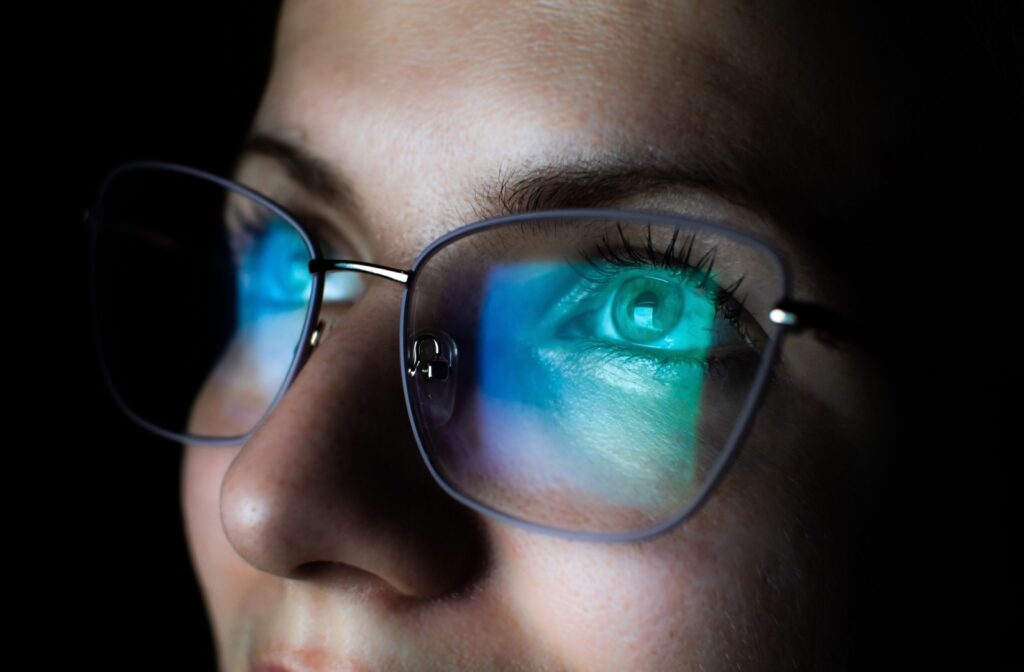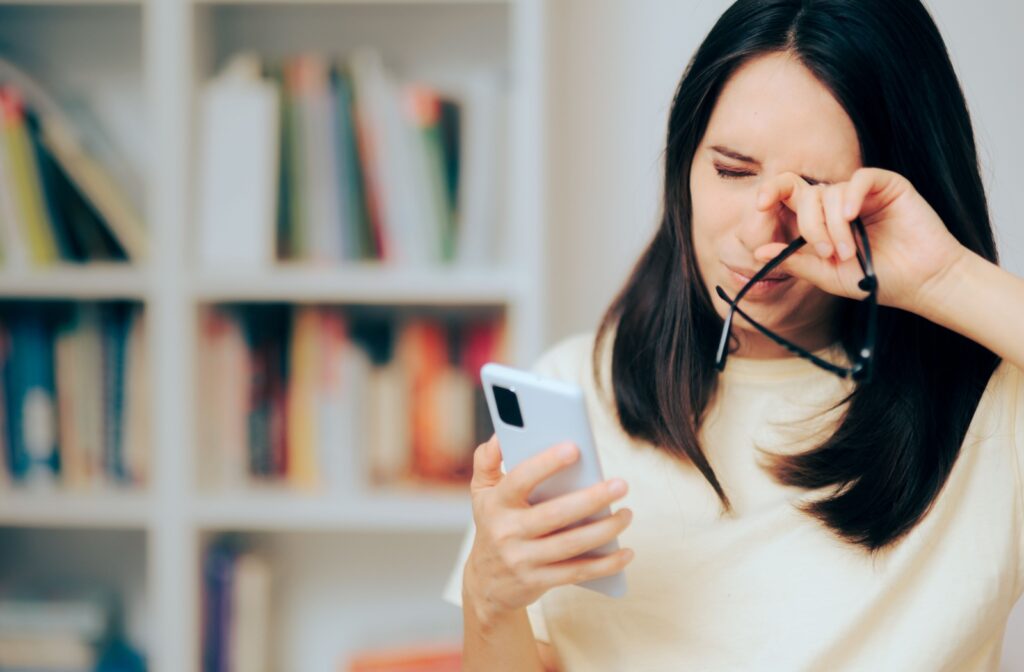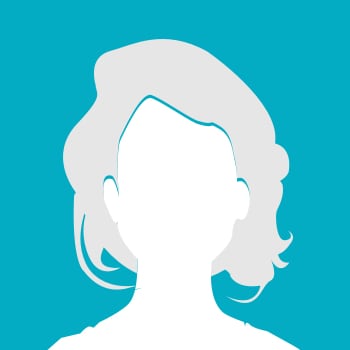In today’s digital age, many of us spend a significant amount of time in front of screens, whether it’s for work, entertainment, or communication. However, prolonged screen time can lead to various ocular discomforts, including dry eye disease.
As a result, the market has seen a surge in the popularity of blue light glasses, touted as a solution to alleviate eye strain and dryness. But do these glasses truly help with dry eyes? Let’s delve into the science behind blue light, its impact on eye health, and the effectiveness of blue light glasses in combating dry eye syndrome.
While the scientific evidence to prove the relationship between blue light glasses and dry eye is still in the works, they can be an effective part of a more comprehensive treatment plan for people with dry eye syndrome.
Understanding Dry Eye Syndrome
Dry eye syndrome is a common condition characterized by insufficient tear production or poor tear quality, leading to symptoms such as irritation, redness, burning sensation, and blurred vision.
Factors contributing to dry eye include:
- Age
- Hormonal changes
- Environmental conditions
- Certain medications
- Prolonged screen time
When we focus intently on digital screens, such as those of computers, smartphones, and tablets, we tend to blink less frequently, resulting in decreased tear production and exacerbating dry eye symptoms.
The Role of Blue Light
Blue light is a short-wavelength, high-energy light emitted by digital screens, LED lighting, and sunlight.
While blue light is naturally present in sunlight and plays a role in regulating our sleep-wake cycle and mood, excessive exposure to artificial sources of blue light—especially from screens—has raised concerns about its potential impact on eye health.
Some studies suggest that prolonged exposure to blue light may contribute to digital eye strain, disrupted sleep patterns, and possibly even retinal damage over time.
The Connection Between Blue Light and Dry Eye
The relationship between blue light exposure and dry eye syndrome is ongoing. While there is no definitive evidence proving that blue light directly causes dry eye, some studies suggest a correlation between increased screen time and worsened dry eye symptoms.
The mechanism is thought to involve decreased blink rate, which reduces the distribution of tears across the ocular surface, leading to dryness and discomfort.

The Role of Blue Light Glasses
Blue light glasses, also known as computer glasses or blue light blocking glasses, are eyewear designed to filter out or reduce the amount of blue light reaching the eyes from digital screens.
These glasses typically feature lenses treated with a special coating that absorbs or reflects blue light, thereby potentially reducing eye strain and discomfort associated with prolonged screen time.
By blocking blue light, these glasses aim to minimize the disruption of the sleep-wake cycle and alleviate symptoms of digital eye strain, including dryness.
Do Blue Light Glasses Help With Dry Eye?
While blue light glasses have gained popularity as a solution for digital eye strain, their effectiveness in alleviating dry eye syndrome remains a topic of debate among eye care professionals.
Some users report subjective improvements in eye comfort and reduced symptoms of dryness after wearing blue light glasses, especially during prolonged screen use. However, scientific evidence supporting the specific benefit of blue light glasses for dry eye is limited.
It’s important to recognize that dry eye syndrome is a multifactorial condition influenced by various environmental, physiological, and lifestyle factors. While blue light glasses may offer some relief by reducing eye strain and promoting more comfortable screen viewing, they should be considered as part of a comprehensive approach to managing dry eye, which may include:
- Blinking Exercises: Practicing conscious blinking exercises to help maintain tear film stability and moisture on the ocular surface.
- Frequent Breaks: Taking regular breaks from screen time to rest the eyes, blink more frequently, and allow for natural tear replenishment.
- Use of Artificial Tears: Using lubricating eye drops or artificial tears to supplement natural tear production and alleviate dryness symptoms.
- Optimizing Indoor Environment: Maintaining adequate humidity levels and proper ventilation to prevent excessive evaporation of tears.
The Way Toward Healthier Eyes
While blue light glasses may offer some relief from digital eye strain and contribute to overall eye comfort during screen use, their specific efficacy in treating dry eye syndrome is not yet fully supported by scientific evidence.
If you’re experiencing dry eye symptoms, you may still find value in incorporating blue light glasses into your eye care routine, alongside other preventive measures and treatments.
In the meantime, practicing good screen habits and prioritizing eye health remain essential for maintaining comfortable vision in the digital age. At Restore Vision Center, learn more about treatment options we offer and book an appointment with us today!



